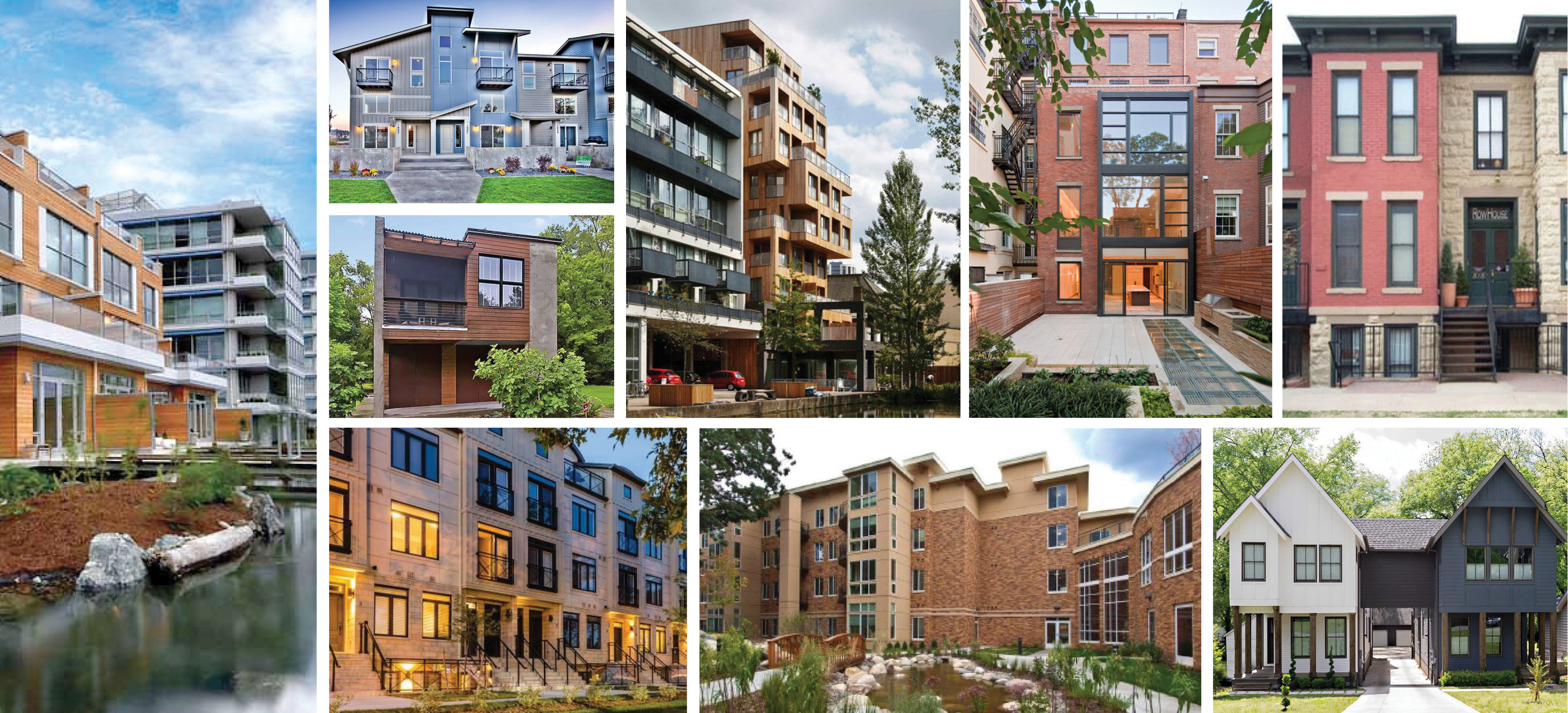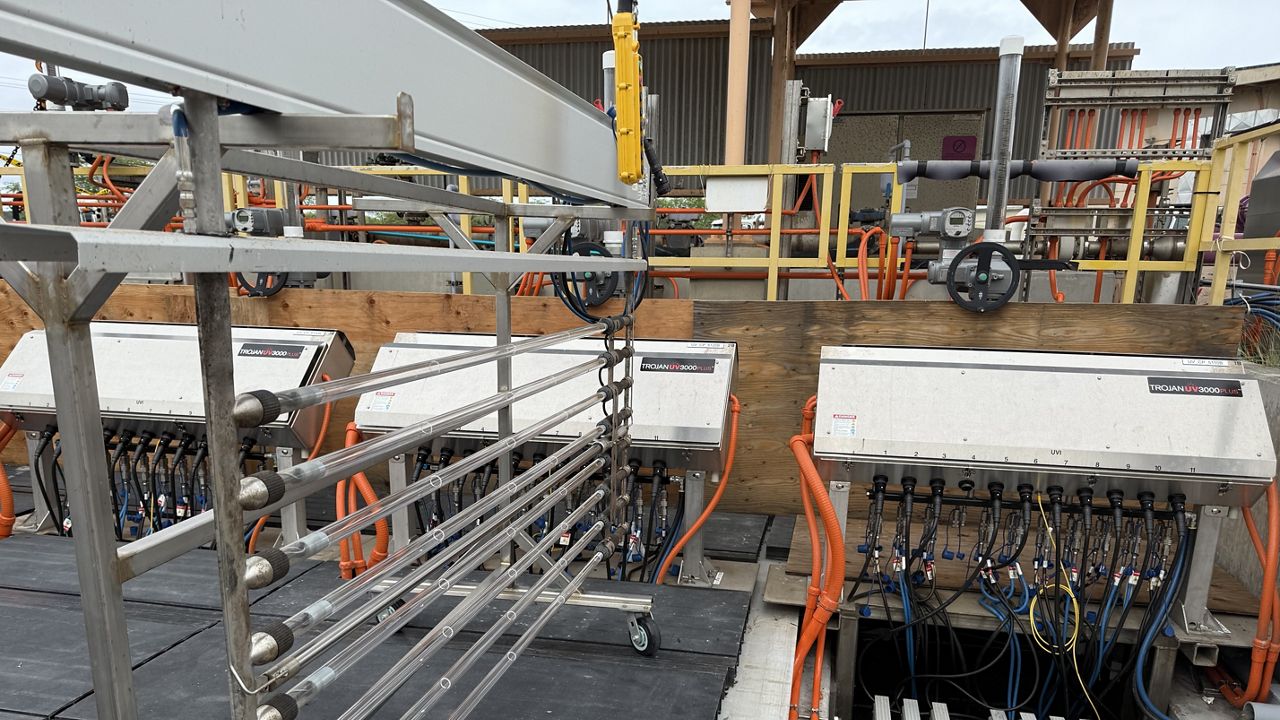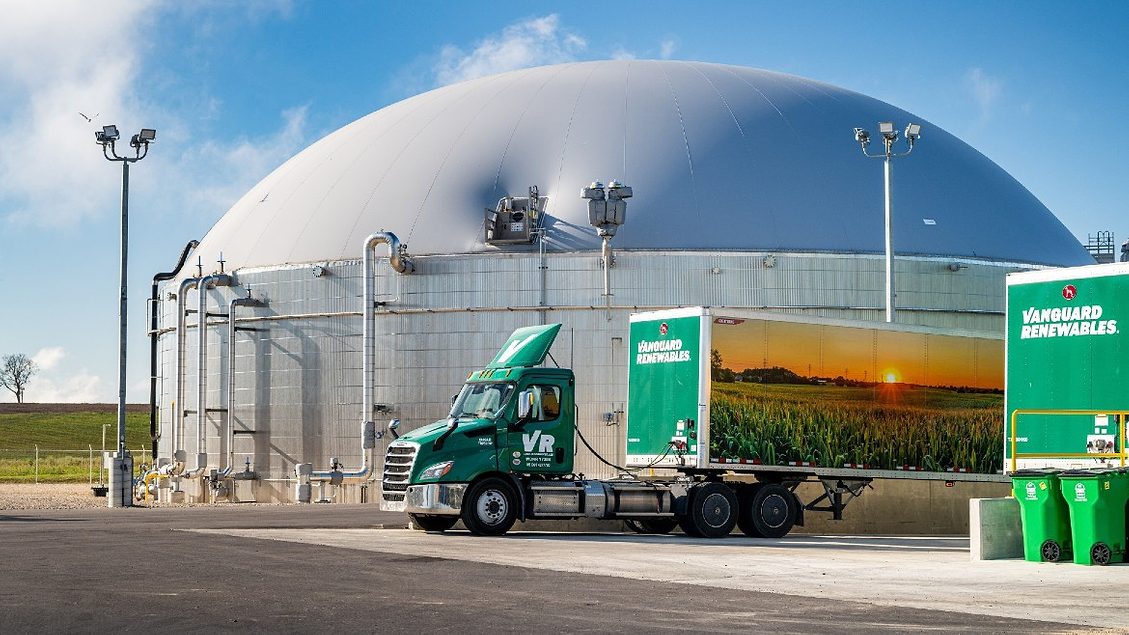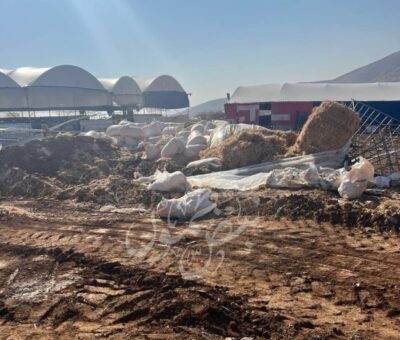UN Global Sustainable Development Report 2023 Key Messages
Key messages from the UN's Global Sustainable Development Report 2023 include that only 2 of 36 targets are on track to be met, so countries need to focus on decisive action at any of the 6 sustainable development entry points while working to phase out unsustainable practices using evidence-based strategies.
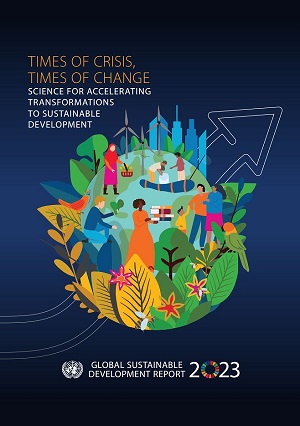
Context at the half-way point to 2030
- At the half-way point toward 2030 the SDGs are far off track. Of 36 targets reviewed in the report, only 2 are on track to be achieved, while progress on eight is deteriorating. Implementation was too slow, and even regressing in some areas like climate action, biodiversity loss and inequality before the pandemic and has now suffered significant setbacks including in poverty eradication, gender equality, education and eliminating hunger. Humanity risks prolonged periods of crisis and uncertainty triggered by and reinforcing poverty, inequality, hunger, disease, conflict and disaster without urgent course correction and acceleration toward the Sustainable Development Goals (SDGs).
- The crises that have wiped out years of SDG progress are interrelated, fueling intensities, but connections could be turned into opportunities. A spate of shocks - the COVID-19 pandemic, conflicts in many regions including the war in Ukraine, a cost-of-living and debt crisis, and climate related disasters – are entwined through environmental, economic and social systems that create intensifying SDG backslides. The same interconnections amplifying the crises offer opportunities for integrated recovery strategies and for addressing systemic risks.
- Leaders must address medium- and long-term trends that are having systemic effects across the SDGs while dealing with immediate crises. Addressing climate change, nature and biodiversity loss, demographic change, digitalization, economic inequalities, and violent conflict will avoid undermining advances made in the short term and build resilience.
- There is rising awareness and commitments to the SDGs, but this needs to translate into action. The SDGs have taken root across sectors and levels of government improving prospects for achievement. But aspirations and commitments have not yet translated into action and implementation at a scale visible in SDG progress often due to lack of financial resources. Goal attainment will depend on all actors integrating the SDGs into core decision-making processes, financing mechanisms prioritizing SDG attainment, and strong mechanisms for accountability.
Evidence to inform the way forward
- The SDGs are interlinked and must be approached holistically based on context specific analysis. Decision-makers can rely on a growing body of evidence on SDG interlinkages, international spillovers, and scenario modelling to manage trade-offs and maximize synergies between SDGs and across borders. Science tools and decision-making need to reflect unique synergies and trade-offs, which have been shown to vary across contexts, groups and time.
- In studies on SDG interlinkages, seven SDGs come across as particularly synergistic: SDG 1 (no poverty), SDG 3 (good health and well-being), SDG 4 (quality education), SDG 5 (gender equality), SDG 6 (water and sanitation), SDG 7 (clean and affordable energy), and SDG 17 (partnerships).
- Business-as-usual strategies to promote targets belonging to SDGs 2 (zero hunger) and 8 (decent work and economic growth) carry high risks of trade-offs and undermining SDG progress in other areas. Literature on SDG interlinkages shows that SDGs 14 (life below water) and 15 (life on land) seem to be most negatively affected by progress in other areas.
- Synergies are found to be higher for female, younger, and rural populations for whom trade-offs are more negligible - ie progress on a given SDG indicator for these groups will generally foster progress for the group on other SDG indicators. Removing barriers for these frequently marginalized groups is an important step for leveraging synergies.
- OECD and EU countries on average have the highest SDG achievements, but also impose more costs on other countries that are not internalized in their national measures of SDG progress. On average, more negative spillovers are generated by high-income countries, to the detriment of low-income countries.
- New scenario studies point to actions for transformation that if applied together through the six entry points put forward in the 2019 GSDR could significantly accelerate SDG achievement. Global scenario projections show that business-as-usual strategies will not deliver the SDGs by 2030 or even 2050 but working through key entry points to leverage interlinkages in line with national circumstances and priorities could unleash rapid progress.
- Scenario studies also point to a range of impediments that can hamper both the feasibility and efficacy of these solutions so institutional reforms are required for transformation. For example, deficits in governance and institutional capacities for prioritising policies, mobilizing resources, delivering services, and coordinating efforts must be addressed.
- Capacity building in all countries is needed to support decisive and transformative action through any entry point. Capacity building needs to be applied cohesively with and in support of other levers including governance, business and finance, individual and collective action, and science and technology.
- More specifically, capacity building is needed in the areas of strategic direction and foresight; innovation and the generation of new alternatives; orchestration, engagement and negotiation; identifying and overcoming impediments; and in learning and resilience.
- Strategies for the SDGs must identify and minimize impediments and support promising solutions specific to different phases of transformation – emergence, acceleration and stabilization. This requires applying levers strategically and changing approaches over time to encourage the ‘emergence’ of new technologies, practices and initiatives through experimentation and learning; to support their ‘acceleration’ and scale-up with just transitions, collective action and political momentum; and to ultimately enable ‘stabilization’ of a new normal anchored in regulations, behavior change and new infrastructures.
- In the emergence phase, governments, multilateral development banks, private finance, philanthropists and others will need to support innovation and the piloting, prototyping and implementation of new knowledge.
- In the acceleration phase, proactive and decisive governments can shape markets by stimulating research and innovation, investing in public infrastructure, setting targets, standardisation, and regulating businesses. Individual and collective action through social movements and coalitions, changing narratives and norms, maturing technologies, and crisis events can provide impetus for
action to accelerate transitions. - During the stabilisation phase, reforms must be institutionalized with a strong tax and revenue base, commitment of human and financial resources, political support, and institutional capacities for implementation.
- Actions must simultaneously be taken to destabilize, break-down, and phase out unsustainable practices. Transformation often meets resistance by those whose economic interests and ways of life are tied to phased-out systems and business-as-usual. This raises the imperative of compensation, just transitions and new social contracts in response to losses of livelihoods, jobs, and industries to avoid social and political backlash against change.
- Governments and the private sector can support a managed decline and phase-out of unsustainable technologies and practices. Unintended consequences such as job losses or the decline in regional industries and economies can be mitigated through government support for affected workers such as compensation, social safety nets, reskilling and training, and alternative employment opportunities.
- Transformation to sustainable pathways should be rooted in science. Addressing context specific challenges to the SDGs, taking a holistic approach and enabling large scale and rapid change calls for science that is multidisciplinary, equitably and inclusively produced, openly shared, widely trusted and embraced, and ‘socially robust’ – relevant to society. Increasing support for scientific activity in low- and middle- income countries can build capacity for context specific SDG solutions based in science.
Calls to action for transformations
- Transformation is possible, and inevitable. Science driven transformations are urgently needed to enable progress toward the SDGs. This means identifying key interventions that have systemic effects across the SDGs, scaling up investment, mobilising the knowledge of scientists, practitioners and communities at all levels, and building the capacity needed in all countries and institutions, all while enhancing policy learning and accountability and closely monitoring the impacts of interventions.
- United Nations Member States are urged to establish an SDG Transformation Framework for Accelerated Action. This framework would consist of 6 elements: 1) National Plans for Transformative Accelerated Action grounded in science and inclusive processes to identify and harness SDG synergies and reduce negative transboundary spillovers; 2) local and industry-specific planning to feed into national plans; 3) initiatives through the Addis Ababa Action Agenda or otherwise to increase fiscal space, including tax reforms, debt restructuring and relief and increased engagement from international financial institutions for SDG implementation; 4) investing in SDG related data, science-based tools and policy learning with attention to closing SDG data and research and development spending gaps; 5) establishing partnerships to strengthen the science-policysociety interface and 6) investing in measures to improve accountability of governments and other stakeholders.
- All countries need to build capacities essential for transformation at individual, institutional and network levels. National transformation plans should invest in the capacities to strategize, innovate, manage conflicts, identify and overcome impediments and cope with crises and risks. Leveraging synergies between SDGs and minimizing tradeoffs calls for horizontal coordination between departments, and vertical coordination across levels of government as well as capacities to integrate policies from multiple fields and goals – for example, between agriculture, environment, water, social and labour policies, in line with the interlinked nature of the SDGs. Building these capacities is very different from what development cooperation has undertaken in the last decades; building capacity needs to happen in the North and the South, and the role of the HLPF in building capacity should be sharpened.
- Governments and other actors need to steer transformations by activating synergies in each of the six entry-points - human well-being and capabilities, sustainable and just economies, food systems and nutrition patterns, energy decarbonization and universal access, urban and peri-urban development, and the global environmental commons. Drawing on global scenario studies and other evidence, interventions should be taken with systemic effects in each entry-point while addressing impediments at different phases of transformation. Locally relevant, synergistic and
integrated implementation processes will be needed that break down the silos of public service and policymaking. - The international community needs to coordinate to improve critical underlying conditions for SDG implementation. Disruptive trends in climate change, rising inequality, biodiversity loss, demographic change and digitalization need to be countered and shaped with actions at all levels in solidarity. Coordinated action should especially focus on: 1) preventing and avoiding violent conflict; 2) opening the necessary fiscal space for action; 3) ensuring meaningful inclusion and engagement of marginalized groups; 4) making digital transformation work for the SDGs; and 5) achieving gender equality through legislation, banning harmful practices, education, and reproductive health.
- The full benefits of science as a public good should be harnessed for the SDGs. This involves increasing investment in science and innovation systems, especially in low- and middle-income countries; funding and rewarding science that enables the SDGs; as well as promoting open access to scientific research, publications and data and strengthening mechanisms for knowledge sharing including with support for the GSDR.
What is Your Reaction?
 Like
0
Like
0
 Dislike
0
Dislike
0
 Love
0
Love
0
 Funny
0
Funny
0
 Angry
0
Angry
0
 Sad
0
Sad
0
 Wow
0
Wow
0


